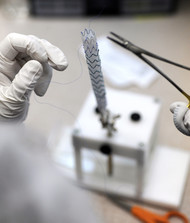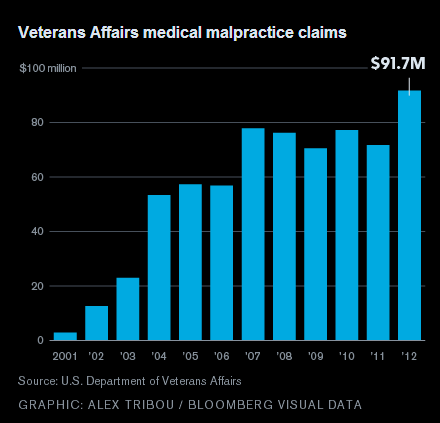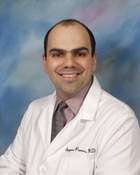Medical Malpractice: To keep its Cath Lab running, a Negligent Hospital paid a high price for an unqualified surgeon who butchered multiple patients and killed one while performing unnecessary stent procedures
 Medical Malpractice related to Cath Lab procedures are on the rise as overuse of Cardiac Stents lead to an increase of deaths linked to this type of procedure.
Medical Malpractice related to Cath Lab procedures are on the rise as overuse of Cardiac Stents lead to an increase of deaths linked to this type of procedure.
In a recent article on Bloomberg, Sydney P. Freedberg, describes the shocking extreme the administrators at Satilla Regional Medical Center in Waycross, Georgia went to in order to keep their cath lab operating and producing revenue.
Because of its remote location, the hospital was unable to attract competent cardiovascular surgeons. In order to keep their cath lab running the administrators paid an extravagant salary to a non qualified surgeon, Dr. Azmat whose only experience with cardiac stents was a two weekend course experimenting on cadavers and pigs.
 New York Personal Injury Attorneys Blog
New York Personal Injury Attorneys Blog


 Our partner,
Our partner,  Following the wars in Iraq and Afghanistan the number of veterans taking advantage of VA medical care has risen significantly. Last year, the 152 VA hospitals and 190,000 doctors treated 5.6 million veterans, an increase of more than 30% compared to 10 years ago.
Following the wars in Iraq and Afghanistan the number of veterans taking advantage of VA medical care has risen significantly. Last year, the 152 VA hospitals and 190,000 doctors treated 5.6 million veterans, an increase of more than 30% compared to 10 years ago. 
 Accused by the Office of Professional Medical Conduct of botching surgeries,faking surgeries, performing unnecessary surgeries and prolonging the ailment of hundreds of patients, Dr. Spyros Panos, an Upstate New York surgeon formerly practicing at Mid Hudson Medical Group in Poughkeepsie, N.Y was ordered to surrender his medical license by the state Board of Professional Medical Conduct. DR. Spyro is facing over 200 medical malpractice lawsuits.
Accused by the Office of Professional Medical Conduct of botching surgeries,faking surgeries, performing unnecessary surgeries and prolonging the ailment of hundreds of patients, Dr. Spyros Panos, an Upstate New York surgeon formerly practicing at Mid Hudson Medical Group in Poughkeepsie, N.Y was ordered to surrender his medical license by the state Board of Professional Medical Conduct. DR. Spyro is facing over 200 medical malpractice lawsuits.